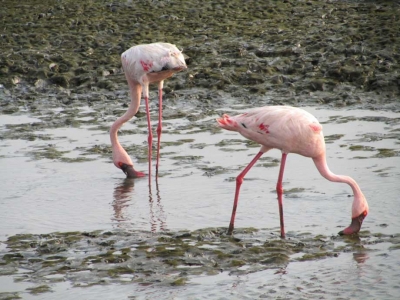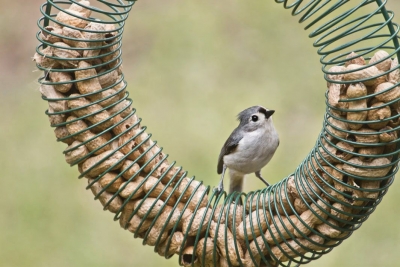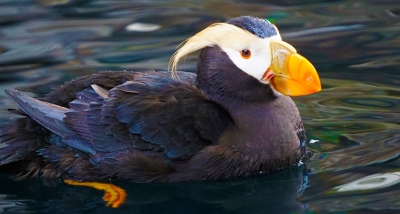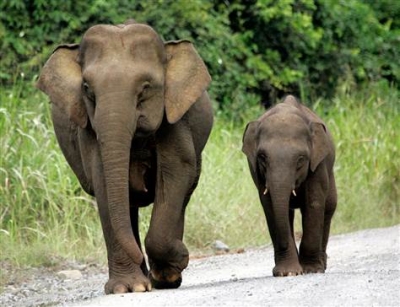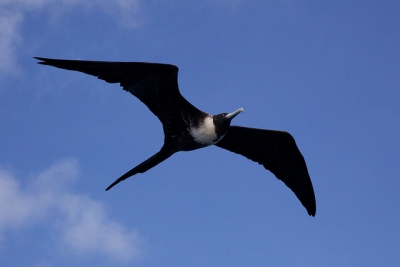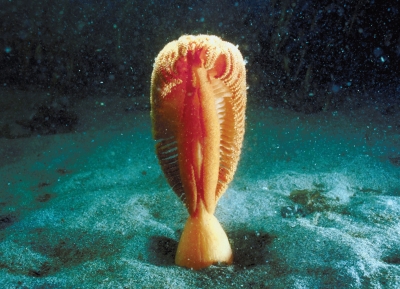
True to their names, sea pens resemble old-time quill writing pens. These colonial marine cnidarians (a large group of aquatic invertebrate animals) belong to the order Pennatulacea. Although the group is named for its supposed resemblance to antique quill pens, not all sea pen species live up to the comparison. Colours range from dark orange to yellow to white.
These underwater animals are actually a type of octocoral (soft coral), named for the eight stinging tentacles that they use to capture plankton (tiny floating plants and animals) to feed themselves. In fact, a single sea pen is both an individual and a colony. The basic unit of a sea pen, like all other corals, is a polyp, which consists of a sac-like body cavity enclosed by a mouth and surrounded by a ring of tentacles. The larva usually settles down in sand, mud, rubble or, sometimes, solid rock and this becomes the primary ployp. It buds into daughter polyps, and the sea pen grows. It is supported on a stem-like structure. While the larvae of some species settle close to their parents, others are carried great distances by ocean currents.
Some polyps feed by using nematocysts (a specialized cell in the tentacles of a jellyfish, corals and sea anemones, containing a barbed or venomous coiled thread that can be projected in self-defence or to capture prey) to catch plankton; some force polyps reproduce; and some force water in and out of canals that ventilate the colony.
Sea pens inhabit shallow and deep waters from the polar seas to the tropics. Some sea pens use a bulb inflated with water to anchor them to the sea floor. All have hard, internal skeletons, and at least some of them can glow in the dark.
Although many species live in shallow water, others have been found as deep as 20,013 feet (6,100 metres) below the surface. One species of Umbellula has been discovered living in cold, dark waters near Antarctica. It grows to about 10 feet (3 metres) long with a big, flat head of polyps at its end, the tentacles picking food out of the water as the head is pushed along by the current. Most sea pens, however, grow to between 2 inches and 6 feet, 7 inches (5 cm to 2 metres) in height.
Picture Credit : Google

